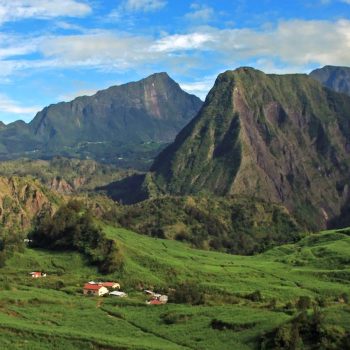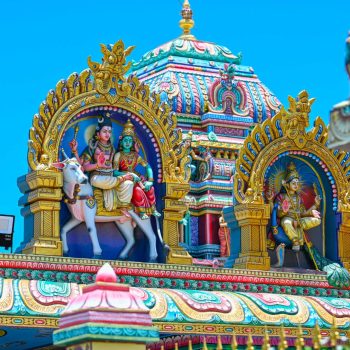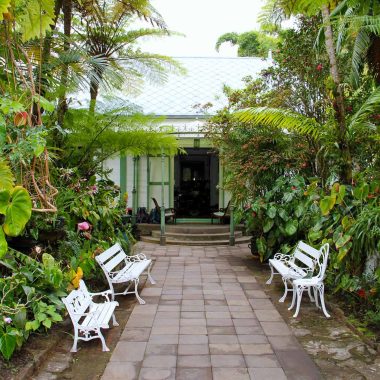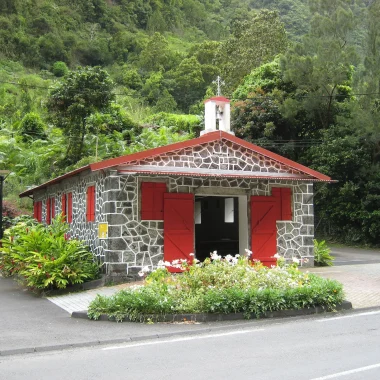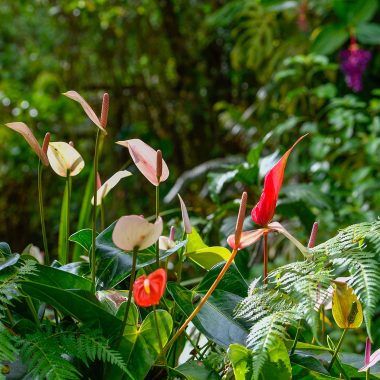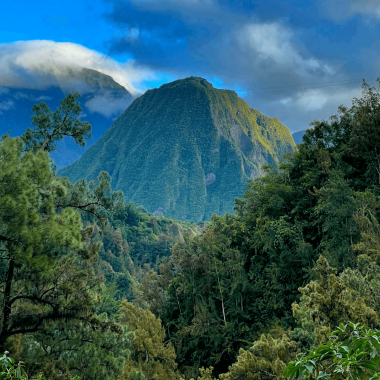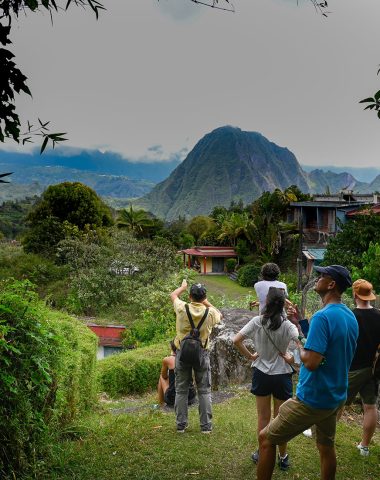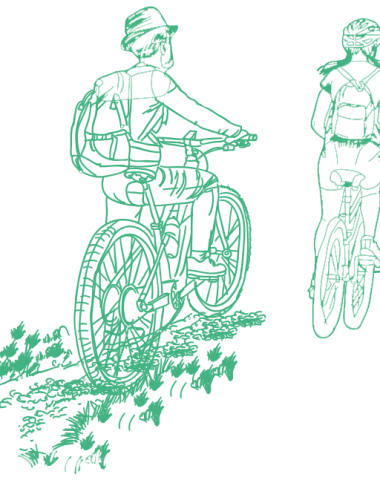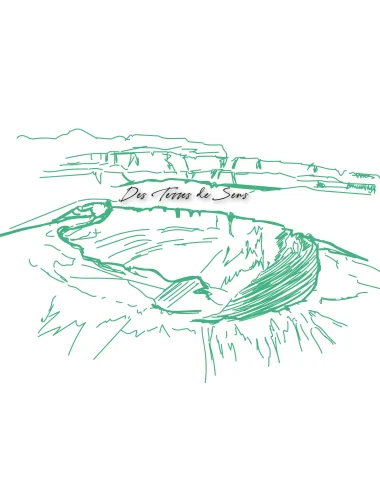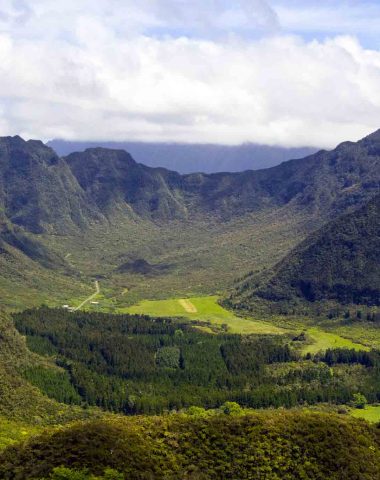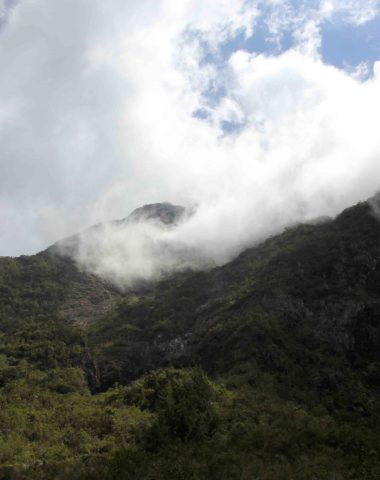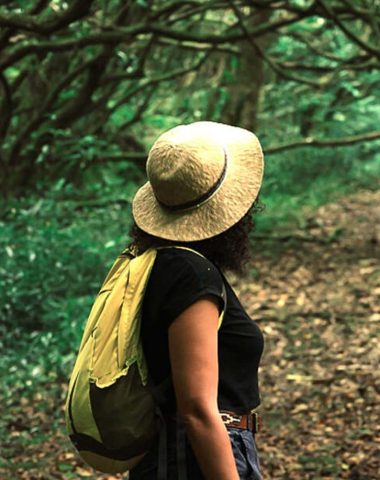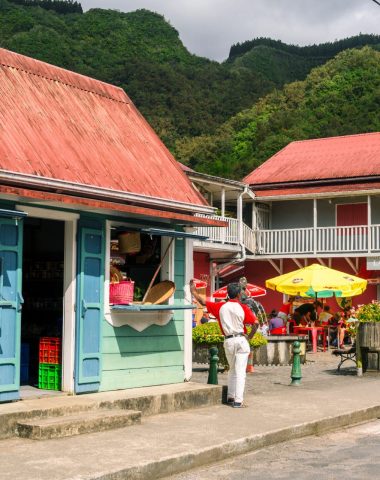Patu de Rosemont, Lacaussade… Many of these names remind us of emblematic places on the island. But do you know the history of the great men who hide behind the streets or historic monuments of Eastern Reunion ? We invite you to discover the portraits of the personalities who have marked the history of the East and more generally of our island.
Auguste Lacaussade: from St-André to Hell-Bourg
The poet Auguste Lacaussade never stopped proclaiming his love for Réunion through his texts and his fights. Born on February 08, 1815 in St-Denis, to a mixed-race Bourbonnais mother, former slave, Françoise Banks known as Fanny Desjardins, and a lawyer father, Pierre-Augustin Cazenave de Lacaussade, Auguste is declared in the civil status register reserved for free and emancipated blacks. Having colored blood, he will bear the brunt of racism and discrimination, which will deeply mark him and shape the vision transcribed in his writings. Auguste Lacaussade thus became an ardent defender of the abolition of slavery. Several of his texts denounce the inhumane treatment of slaves on the island.
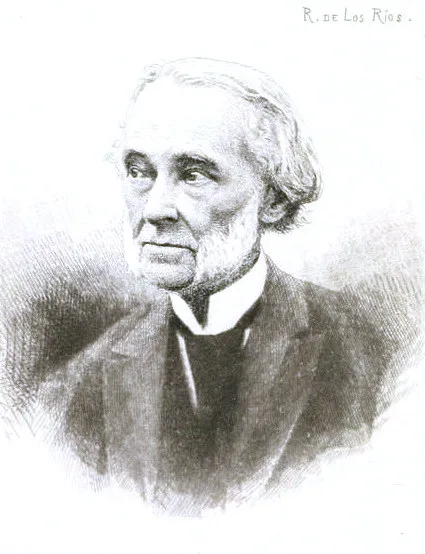
The spirit of the poet Auguste Lacaussade still inhabits several places on our island today, which you can visit to remember how his history marked the people of Reunion Island. Died on July 31, 1897 at the age of 82, Auguste Lacaussade was buried in the Montparnasse cemetery. His wish having always been to be buried in Reunion, his remains were brought back to our island in February 2006. He now rests in the landscaped cemetery ofHell-Bourg, alongside his friend the Scottish poet William Falconer. If you are passing through this small village full of charm nestled in the circus of Salazie, we advise you to follow rue Amiral Lacaze, which leads to the cemetery. Before taking the road towards the circus, you can stop at Saint-André at Parc Lacaussade, inaugurated in December 2022. This notably houses the Garden of Memory with steles and statues relating to the abolition of slavery. A place that pays homage to the fight of Auguste Lacaussade.
Volcenay Zitte: the bandit buried in the Hell-Bourg cemetery
Volcenay Zitte turns out to be a famous bloodthirsty bandit, who terrorized the people of Reunion in 1919. He rages in the heights of Saint-Paul, at La Possession and in Saint-Denis, breaking into huts to steal. Volcenay Zitte does not stop there. He is credited with serious misdeeds, including rapes and murders. The fugitive was finally arrested at his sister's house in Marla in the Mafate circus. An ambush was set but Volcenay Zitte will not be brought back alive. During the journey to escort him out of the circus, Volcenay Zitte commits suicide and dies in Grand Sable.
His body was taken to the village of Hell-Bourg for an autopsy. His head is brought back to St-Denis to prove that he died en route.
The body of Volcenay Zitte was buried in Hell-Bourg under a large stone with a cross. This makeshift grave, at the foot of which we sometimes find offerings, is still visible today in the bucolic cemetery of Hell-Bourg. His head was buried near the eastern cemetery of St-Denis, more precisely in the common grave reserved for criminals.
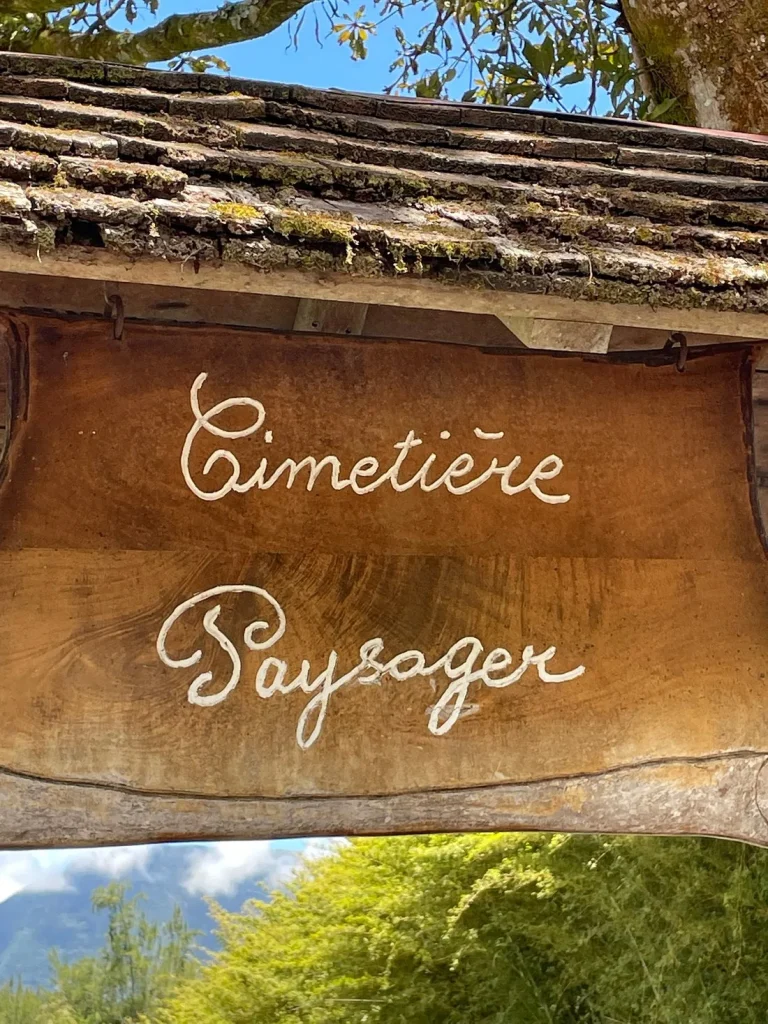
Jean-Joseph Patu of Rosemont and the Rosemont chapel in Ste-Rose
An emblematic figure, the painter Jean-Joseph Patu de Rosemont is particularly known for his watercolors which represent the landscapes of Reunion Island. You can still walk in the footsteps of the 1766th century artist, whom destiny led to our island. Born in mainland France in XNUMX, Jean-Joseph Patu de Rosemont discovered the island by chance following the shipwreck of the ship he was on board. Jean-Joseph Patu de Rosemont then decided to settle in Reunion and married a mixed-race Bourbonnais woman Jeanne Tarsile Bregeault, with whom he had eleven children. Among them, Aristide Désiré Marie Joseph Patu de Rosemont who will become the mayor of St-Benoit. This therefore shows whether the passage of Jean-Joseph Patu de Rosemont shaped the destiny of the city. Built in the 1970s, the St-Benoît high school inherited the name Patu de Rosemont.
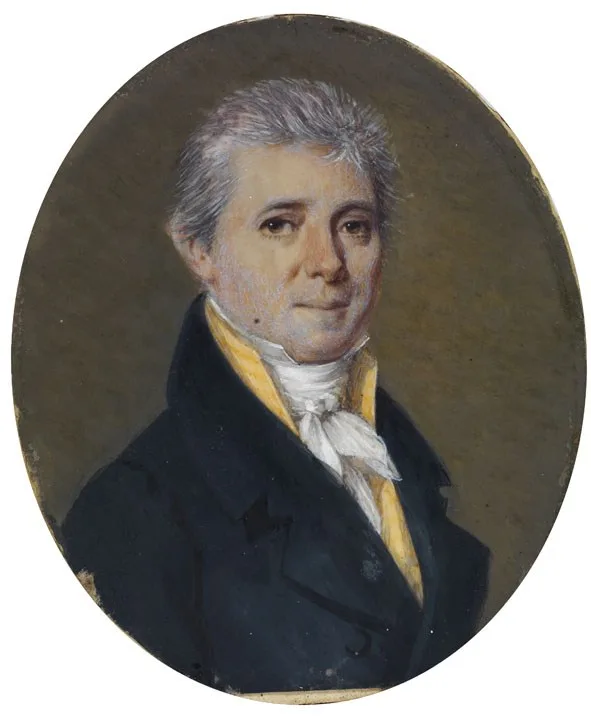
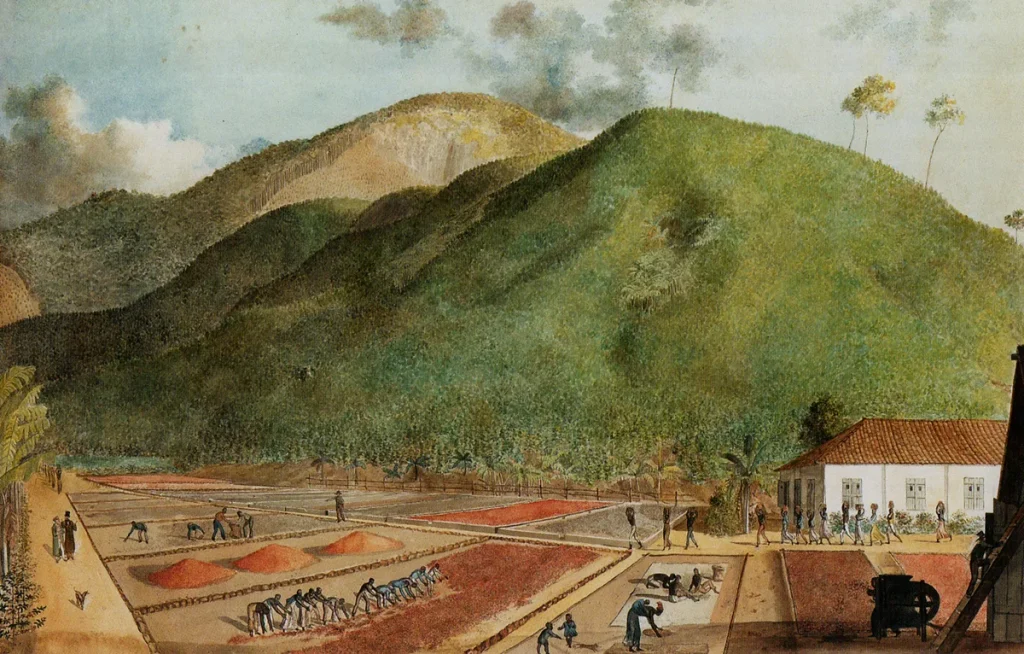
In 1791, Jean-Joseph Patu de Rosemont set out to discover the island during an expedition to Piton de la Fournaise led by the naturalist Joseph Hubert and Captain Alexis Bert. The artist will then leave his name to a natural formation of the Fouqué Enclosure : the Rosemont chapel. Unfortunately, this is now a thing of the past. The Rosemont chapel was forever submerged under the lava of the 2018 volcanic flow.
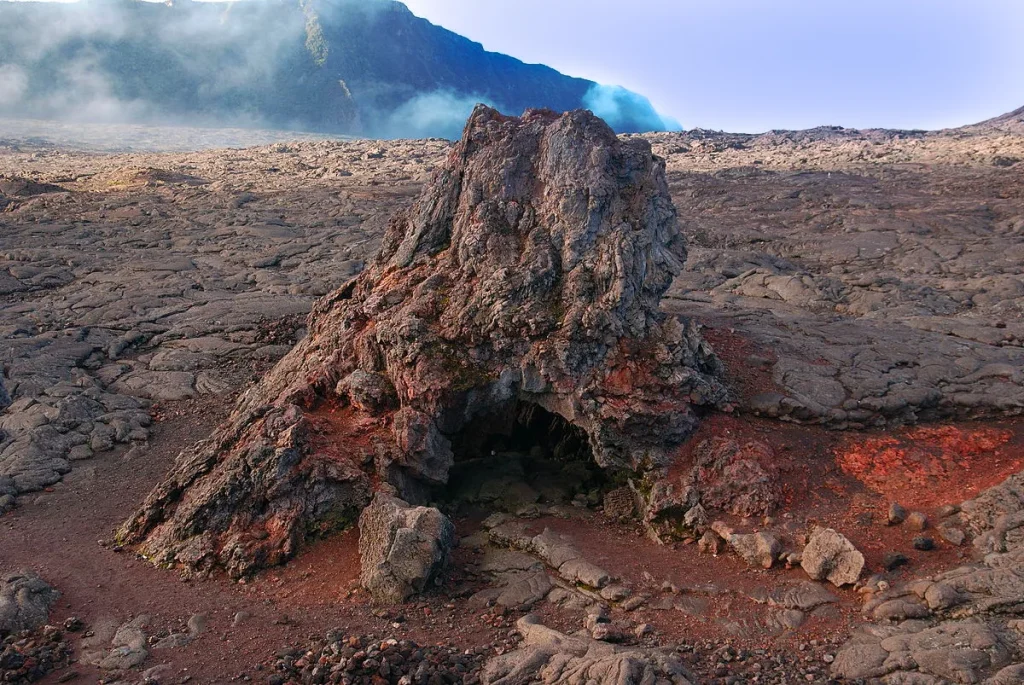
Bellecombe and his slave Jacob discovering the volcano and its surroundings
Guillaume Léonard de Bellecombe happened to be a French soldier and colonial administrator, who arrived in Reunion in 1766. At the end of 1768, he participated in an expedition to volcano led by Honoré de Crémont. Once arrived at Pas de Bellecombe, the team of around twenty people wonders how to access the Fouqué Enclosure, last caldera formed by the Piton de la Fournaise. The governor then challenges his slave Jacob, who is participating in the expedition as a porter: if he manages to find a passage and access the Enclosure, he will collect six pieces of canvas.
Jacob accepts. He then reveals the location of the step to the group and goes down the cliff at the risk of his life. Bellecombe will never set foot in the Enclosure.
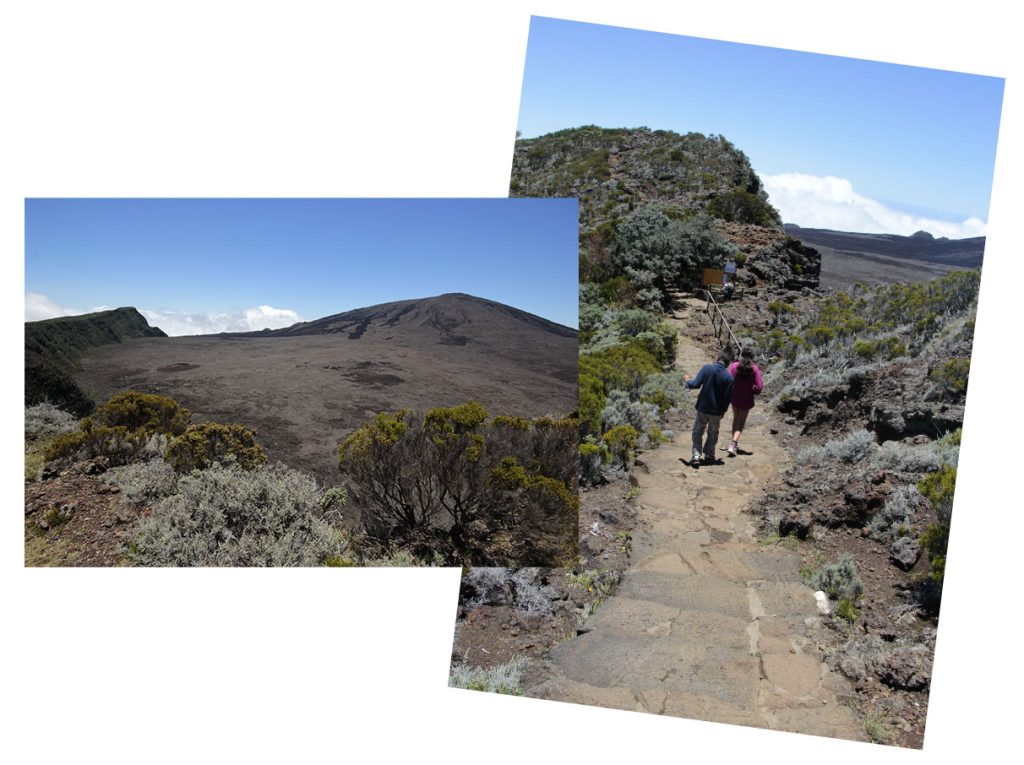
Jacob's revelation was experienced as an act of betrayal for the escaped slaves, who took refuge within the Enclosure to escape their owner.
Nicole Robinet de La Serve: a funerary monument in the St-André cemetery
The cemetery of the City Center of St-André is worth stopping there to pay attention to the funerary monument of Nicole Robinet de La Serve, registered under the Historic Monuments. Within it rest the remains of the politician and we can read the inscription “To the defender of colonial freedoms”. The Creole activist Nicole Robinet de La Serve became best known on our island by founding the secret society Les Francs-Créoles at the beginning of the XNUMXth century. Made up of numerous Freemasons, the movement notably proclaimed freedom of the press.
They first created the newspaper Le Furet then clandestinely printed a press title called Le Salazien. They demanded the creation of an elected assembly in Bourbon and were successful. The Bourbon Colonial Council was created and allowed, among other things, to vote on the internal budget. The movement will clash with Governor Etienne-Henri Mengin of Val d'Ailly, with whom Nicole Robinet of La Serve is regularly in conflict. His ideas and his sharp pen are not always pleasing.
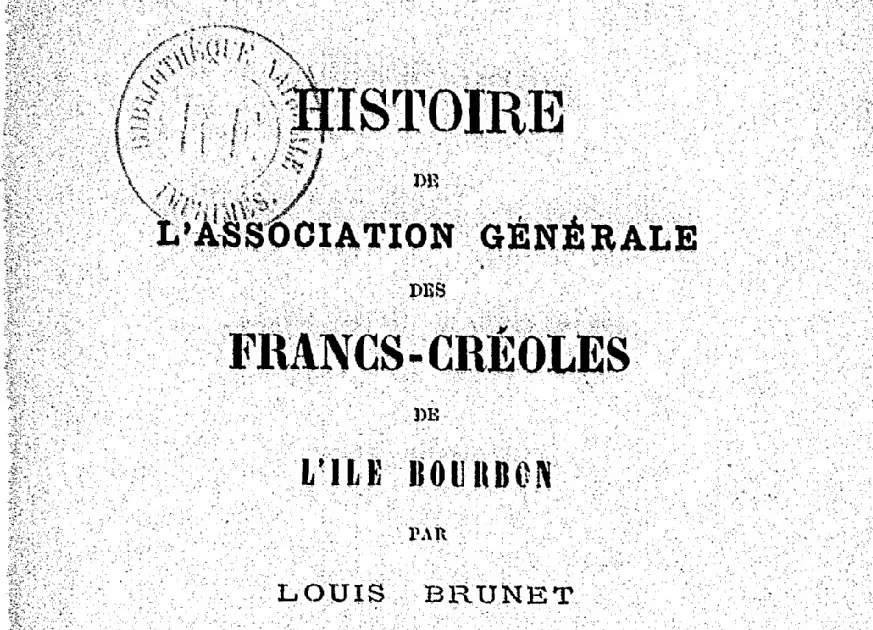
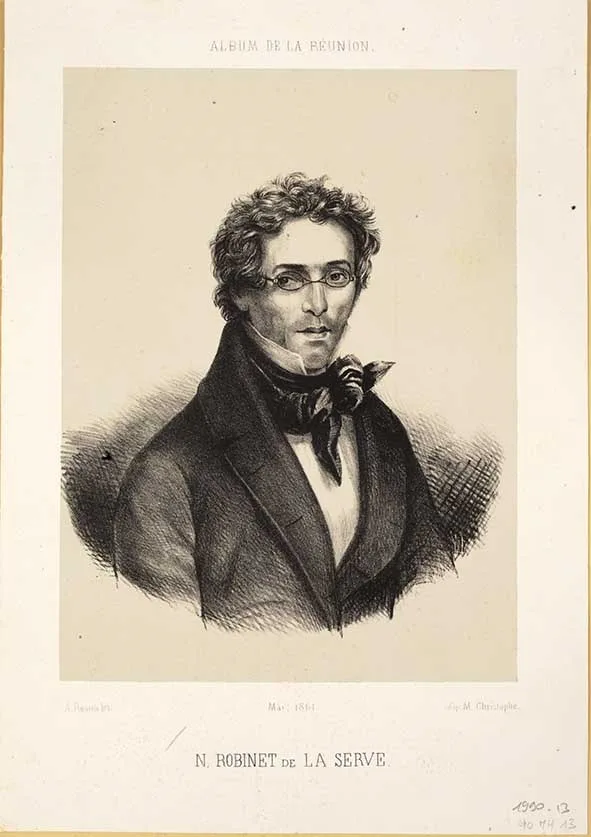
Nicole Robinet of La Serve operates on several fronts. Elected general councilor of St-André and Ste-Suzanne, the activist worked ardently to develop Salazie, where he died on December 18, 1842. He left behind important battles, which made our island what it is. Today.
Themes




